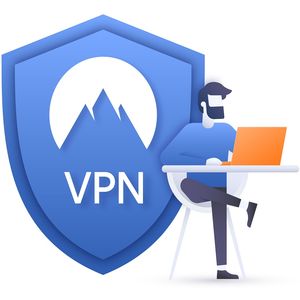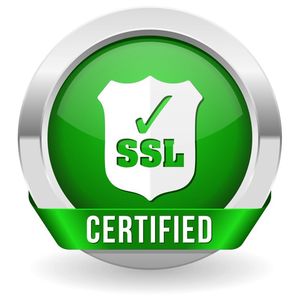How to set up a VPN? How to use VPN for remote network access? This is useful when you need to connect to a home or office network. Namely, connect a smartphone, tablet or computer.
The best way to ensure proper access and security is to establish a VPN connection to the office network. By the way, you can set up a network to control a smart home in the same way.
What is a VPN?
Let’s start with a small portion of theory. So, VPN means “virtual private network”. Thus, a VPN securely connects a remote device to an office network. Thanks to a VPN connection, you can access your office network.
Exactly the same as if they were in the building. Since the connection is encrypted, there is no need to worry about others tracking your connection.
As if you were using a public Wi-Fi connection. Think of the connection between the remote computer and your network as a private pipeline. It should be noted that in this situation it is necessary to have a static IP address.
How to set up a VPN. Equipment requirements
The most frequent questions on the network are: why does the VPN not work. And also how to set up a VPN on android and how to set up a VPN on iPhone. But, first of all, you should ask yourself – how to set up a VPN on a router.
After all, it depends on the hardware how the data transfer will be carried out. Although there are dozens of VPN connection service providers, you will need a suitable VPN-enabled router.
It must be installed in the office before you can create a virtual private network and connect to it. So, first you need to set up a VPN on Windows in the office.
VPN-enabled routers must have both wired and wireless connections. And also, support up to 10 connections and have built-in VPN functions. Otherwise, you will not be able to set up a VPN connection.
Configuring a VPN-enabled Router
Your VPN-enabled router will most likely include software. As well as instructions and a setup wizard so that the user can quickly configure it.
First of all, it is recommended to run the wizard and follow the instructions. The setup wizards cover every step. From turning on the device and connecting cables to setting up individual parameters.
VPN-enabled router protection
Then you need to make sure that the VPN-enabled router is as secure as possible. The two most important areas are:
- Encryption – Choose the most secure encryption that the router supports. Most likely it will be WPA2 with AES.
- Password protection. Be sure to change the router password.
The router comes with an easy-to-remember default password. For example, “pass”. These default passwords are well known and easy to guess. It is useless to establish a secure connection just to leave the password open.
So that someone can guess it. The best passwords use a combination of uppercase and lowercase letters, numbers and symbols. This does not mean that they should be notoriously difficult to remember.
For example, can you remember such a simple phrase as “22 black swifts”? If this is the case, then the next password will have a good combination of numbers, uppercase and lowercase letters and a symbol added for fidelity.
For example: 22_Black_$wift$. The longer you can make your passwords, the harder it will be to crack them. Security issues should not be neglected. This threatens data loss and other more serious problems.
How to set up a VPN. Users
An important step is setting up users. Not everyone in your office will need access to a VPN, and it should not be provided to them. Thus, you need to carefully configure the VPN users and permissions. You can do this from the router software.
- Start by enabling the VPN if you haven’t already done so during installation.
- Enable remote management.
- Create your first user account.
- Download and install the VPN client software on the first user’s computer.
- Configure the VPN client software.
- Set up a network connection on the user’s computer.
In Windows, go to Control Panel, Network and Sharing. Next: Create a new connection, VPN. For Mac, go to “System Settings”, “Network”, “+”, “VPN”. At this stage, you will be prompted to enter the IP address of your office.
If the ISP has provided a static IP address, enter it and check the connection. If you have a dynamic IP address, things get more complicated here. However, you can get a static IP address separately.
Troubleshooting connection issues
The main reason why VPN does not work is an address conflict. And dynamic and static IP addresses are to blame for this. Static IP addresses are just static addresses, they never change.
Therefore, pointing your VPN to a static IP address is a “install and forget” task. Dynamic IP addresses change. Thus, the connection will be interrupted periodically.
At the same time causing unnecessary anxiety and an extra step in determining and entering your new IP address. If your ISP provides dynamic IP addresses, you have several options:
- Accept this and change the VPN settings accordingly.
- Pay your ISP for a static IP address.
- Order a domain name and a dynamic Domain Name Server (DNS) pointing to your office.
Dynamic DNS detects changes to your IP address. And then updates itself to provide the correct IP address for your VPN connection. However, there may be a delay.
Once configured, authorized users can remotely connect to the VPN and to the entire office network. Imagine going on a business trip and getting remote and secure access to your network.
Finally, don’t forget to update your HR procedures. To ensure that every time an employee leaves your company, VPN access will be revoked immediately.





